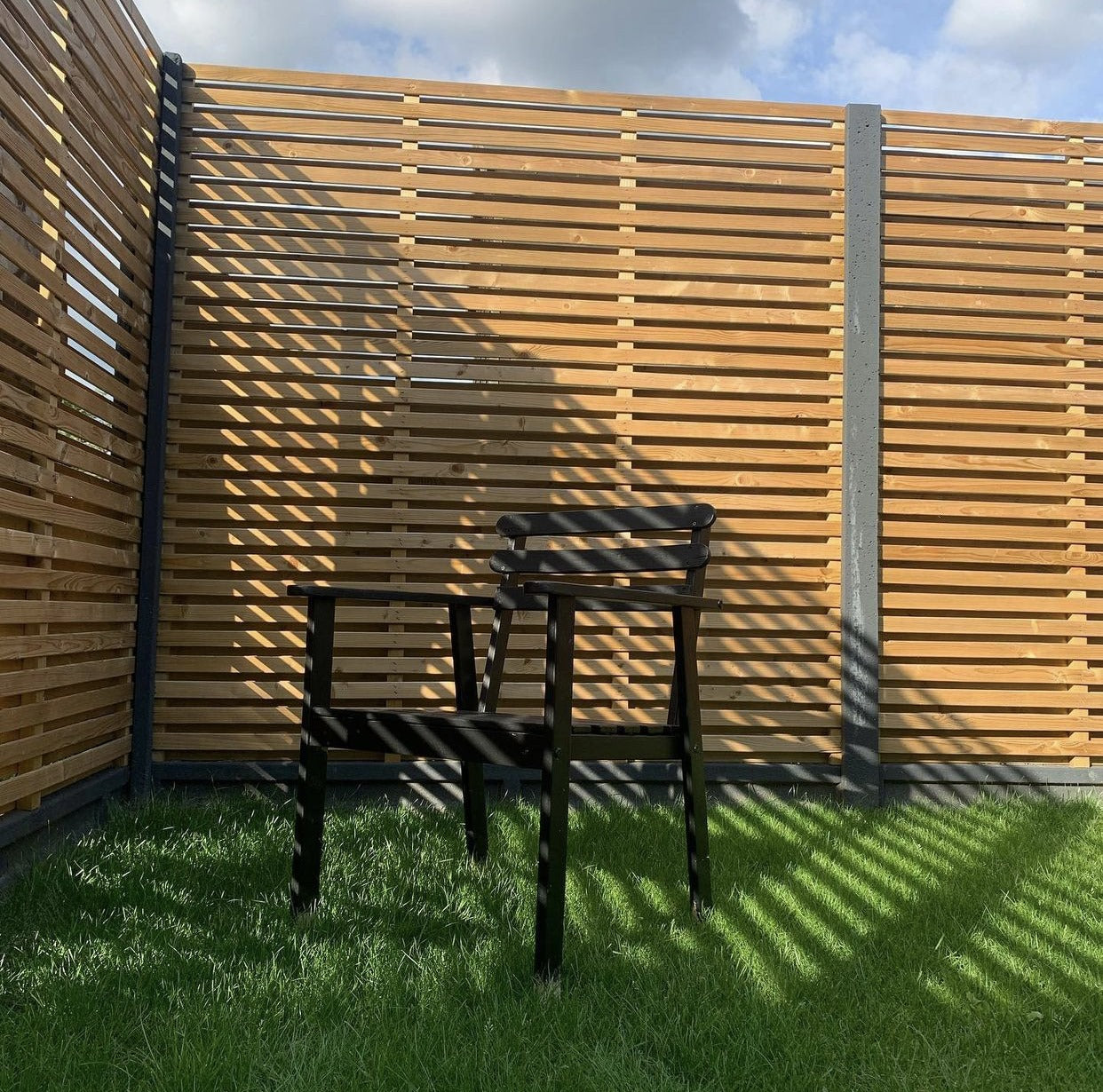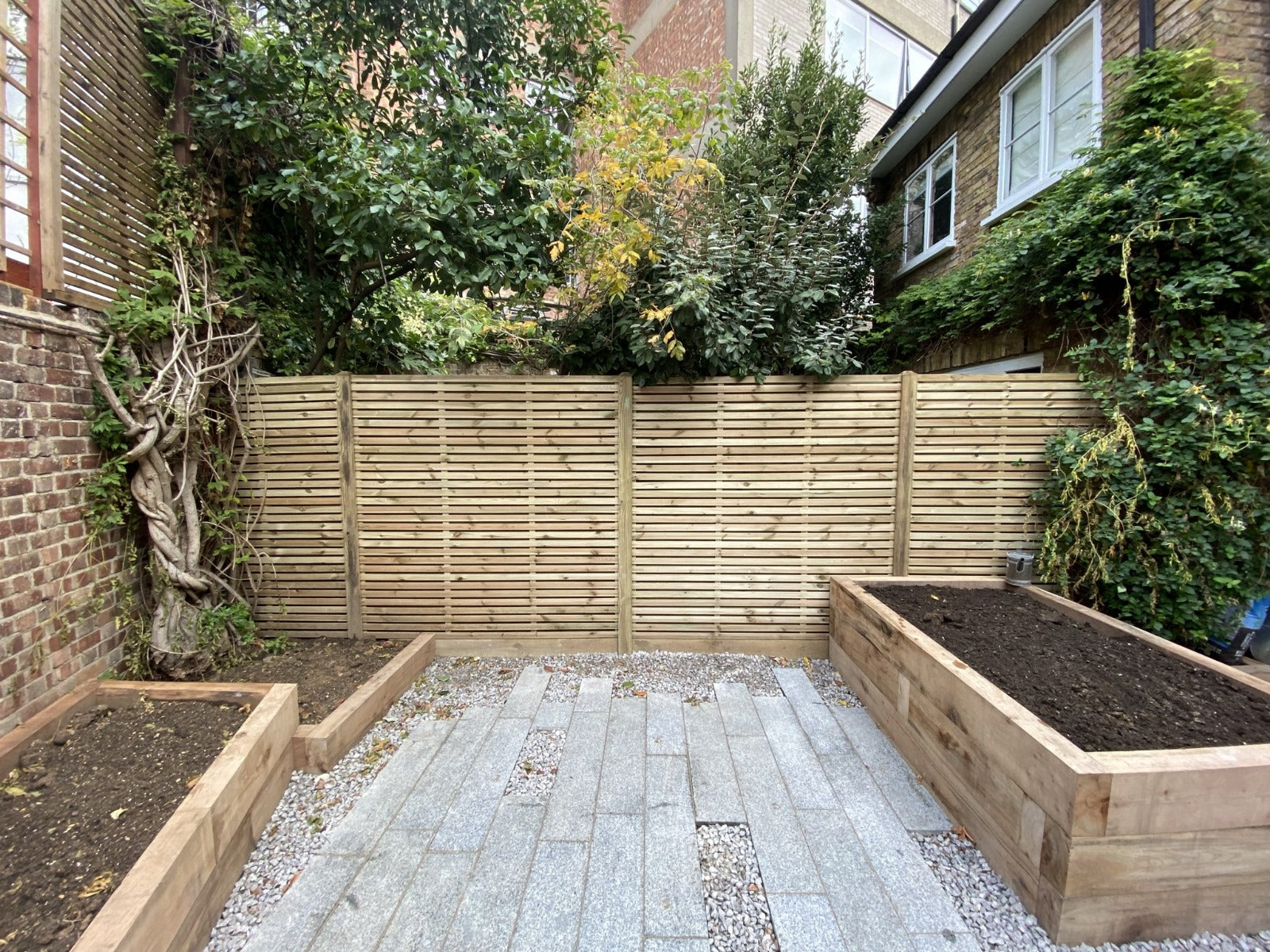Discover the satisfaction of a DIY fence installation project that blends cost-effectiveness and quality. This step-by-step guide outlines the process from planning and measuring to choosing materials and setting posts securely, culminating in a beautiful and functional fence. Prioritize safety and meticulous execution for successful results.
Steps for DIY Fence Installation:
- Planning and Measurement: Begin by marking the fence line accurately and measuring the area. Employ stakes and strings for straight lines and consistent spacing between posts.
- Obtaining Necessary Permits: Ensure a smooth process by checking local permit requirements before beginning. Compliance prevents potential issues down the road.
- Choosing Materials: Opt for suitable fencing materials aligned with your needs. Gather necessary tools and materials, be it wood, vinyl, or other options.
- Digging Post Holes: Achieve stability by digging post holes to appropriate depths using a post hole digger or auger. Account for your area's frost line.
- Setting Posts: Secure posts in place by filling holes with concrete. Use a level to maintain vertical alignment.
- Attaching Panels or Rails: As per your design, attach panels or rails to posts, ensuring level installation and proper alignment.
- Adding Gates: Incorporate gates with smooth, secure operation, following manufacturer's instructions closely.
- Finishing Touches: Enhance appearance and durability by painting, staining, or finishing the fence material.
- Regular Maintenance: Ensure long-lasting results by conducting regular inspections for damage and addressing issues promptly.
- Safety Precautions: Prioritize safety by wearing appropriate gear and working in a well-ventilated space.
Conclusion: Embarking on a DIY fence installation project can yield gratifying results. While the guide provides a comprehensive overview, seeking professional advice for unfamiliar steps is wise. London Fencing Supplies offers expertise, high-quality materials, and recommended fencing fitters for a successful project. Begin your project today with confidence.



